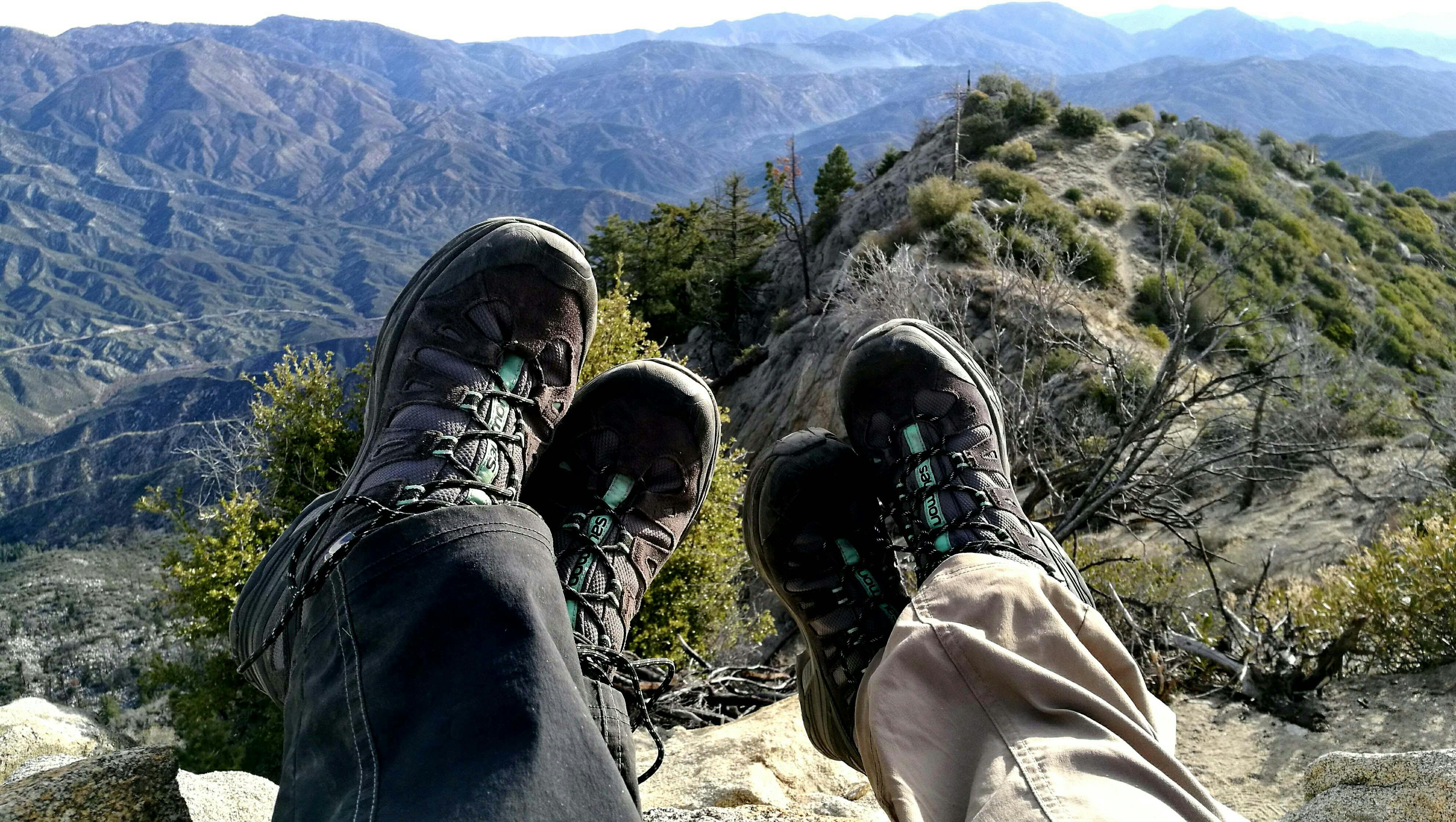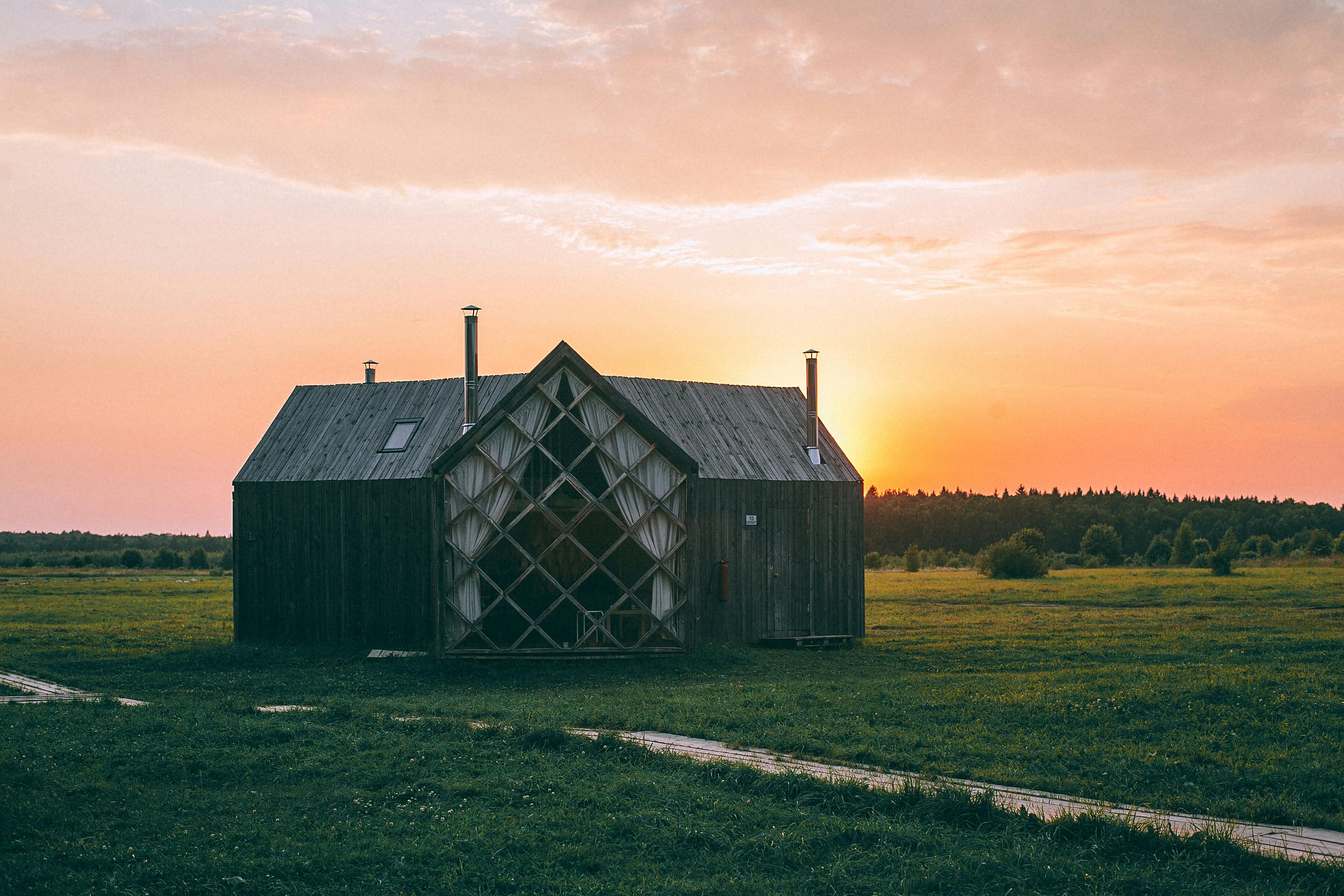As a certified travel agent, international airline employee, researcher, writer, teacher and photographer for four decades, travel, whether for pleasure or business, has always been an important and integral part of my life. Some 400 trips to all parts of the world, by road, rail, sea and air, involved both worldly and exotic destinations. This article focuses on those in the Middle and Near East.
Turkey:
Turkey, found in both Europe and Asia, offered a glimpse into its rich antiquity with a tour of Ephesus, the ancient Greek city located on the Ionian coast. Built in the 10th century BC on the site of the former capital of Arzawan by Attic and Ionian Greek settlers, it became one of the twelve cities of the Ionian League during the Classical Greek Era and flourished under the control of the Roman Republic in the 129 BC
Extensively painted on foot, it progressively revealed aspects of its past, including the House of the Virgin Mary, the Temple of Hadrian, the Library of Celsus, and the commercial Agora in its ancient section.
The Live Ephesus with the Ephesians program brought her past to life in the present.
A buffet lunch at Le Wagon restaurant, an A-shaped wooden building with supporting beams of tree branches, brick and wood walls, and a red tile roof, with potato and bean salad, aubergine, leaves of stuffed vine, black olives, pickles, phyllo. cheese dough rolls, grilled meatballs with tomato sauce, grilled chicken, yellow rice and baklava.
Post-meal attractions included the Ephesus Museum and the Monument to Saint John, and the immersion in Turkey’s ancient past was capped off with a demonstration of Turkish carpet making in Kusadasi.
Jordan:
Surrounded by Israel, Lebanon, Syria, Iraq, Saudi Arabia, and Egypt, Jordan, the home country of another of my airlines, offered the opportunity to experience and understand the history, culture, cuisine, and people behind the airline that I partially represented. initially through its modern capital, Amman, built on seven hills or “Jebels”.
Mohammed, a colleague I met by chance upon arriving at Queen Alia International Airport, immediately showed Jordanian hospitality by volunteering to meet me at my hotel every day and escort me to important places.
I offered local sweets in the bakeries, such as delicate cookies or Kanafa filled with cream and cheese, I walked in their shade as we entered the Golden Souk, perusing local products and crafts, and then I visited Citadel Hill, located 850 meters above sea level at Jebel Al Qala’a and one of the original seven that served as Amman’s foundation.
The Roman Amphitheater, at the foot of Jabal Al-Jofah on a hill in front of the Citadel, was a 2nd century Roman theater with a seating capacity of 6,000, dating back to the time when Amman was known as Philadelphia.
Other sights included the single-domed, four-minaret King Hussein Mosque, the largest in the country.
To the north of the city was Jerash, one of the ten cities of the Decapolis, where the splendors of the border provinces of Rome were preserved through theaters, colonnaded streets, baths and temples. A knife, which rotated up and down when inserted between the column joints, showed that no cement or other binder had been used in its joint.
“Jerash is perhaps the best preserved and most complete provincial Roman city in the world,” according to his description. “To walk through the ancient city is to go back to the world of the second century along the southeastern border of the Roman Empire. It is the most spectacular of these cities, ten of which were loosely allied in an association of cities called the ‘Decapolis.
“Called ‘Gerasa’ in Roman times, it was important not only for its individual monuments, but also for its strict and well-preserved city plan, built around the main street with columns and several intersecting laterals. Among its most important monuments Highlights include the Cardo, the South Theater, the Temple of Zeus, the Oval Plaza or Forum, Hadrian’s Arch, the Nymphaeum, the Temple of Artemis Complex and the smaller North Theater, or Odeon.
“The 14 churches in the city with their beautiful mosaics date from the Byzantine era, when the Eastern Roman Empire sought political and religious authority in Constantinople.”
There were impressions of stone cart wheels, preserved pockets frozen in time.
Jordanian cuisine typically consisted of the always-available hummus, regardless of the time of day; Mensaf, their national dish based on roast lamb with yogurt sauce and served on a bed of rice; and cakes covered in honey.
Jordan’s rich topographical tapestry passed under the wing of my plane several days later during a short domestic flight to Aqaba, the Red Sea resort; the King’s Highway, which had been used continuously as a commercial and transit route for some 5,000 years; the semi-nomadic Bedouin tribes, who still roamed the desert with their sheep, goats and camels, cooking outdoors during the day and sleeping in tents at night; the mysterious castles of the 8th century desert; Wadi Rum, whose lunar landscape topography was another planetarium; the eastern shore of the Dead Sea; and beyond, Jerusalem and Bethlehem.
The reflections of the rugged rocky mountains of the Gulf of Aqaba were the origin of its name in the Red Sea, the location of Aqaba, which offered a near perfect climate for nine months of the year. But the prevailing north winds ensured crystal clear water throughout the twelve-month period. As a diver’s paradise, it offered an underworld of coral and color, as well as a surface for swimming, snorkeling, water skiing, windsurfing, paddling and kayaking.
The hypnotic view of the sand and the sea, overlooking the Sinai Peninsula, served as the natural painting contemplated during the breakfasts al fresco at tables with umbrellas in the warm sun, while the Aquarius restaurant by candlelight on the top floor it offered views of the crescent-shaped beach. bowing toward Israel in the distance.
Jordanian hospitality emerged in unexpected ways. One morning while traveling to Petra, I offered the driver a piece of fruit from the breakfast buffet and five minutes later he stopped at a local grocery store and bought me a return gift.
Protected and hidden by the surrounding mountains, and accessible only by a kilometer-long canyon fissure on horseback, Petra itself, the lost city of the Nabataeans carved out of red rock 2,000 years ago, was captured by the Romans in the AD 106 The Treasury, perhaps its very symbol, was the first building to be glimpsed when the canyon hall ended in the city. His other important sights included the Monastery, the huge temple on a hillside; the Roman Theater, dug into the hillside of the city center; the Royal Tombs, which still sported their row of six monuments equally carved from the 1st to the 5th century AD along the inner face of the eastern mountains of Petra; and the High Place of Sacrifice, with its altar and the drains for the blood of the sacrificed animals.
United Arab Emirates:
As I approached Dubai, the sovereign state city on the eastern tip of the Arabian Peninsula bordering Oman and Saudi Arabia and characterized by its ultra-modern architecture and lively nightlife, I regretted not being able to spend more than the few allotted hours to continue the flight. to Malaysia.
India:
Delhi, both New and Old, served as a gateway to the country, a reality that somehow shocked me when the flight attendant announced shortly after landing: “We are on the ground at Indira Gandhi International Airport, India.”
The new section of the city, marked by wide boulevards and modern buildings that reflected its influence from the British Empire, offered opportunities to visit the Hindu temple Birla Mandir; the Shri Lakshmi Narayan Mandir temple; the President’s House, his official residence; the Moghul architecture of Humayun’s Tomb, whose double dome later served as a model for the Taj Mahal; the Qutub Minar, the five-tiered Victoria Memorial’s gradually narrowing minaret; and the 42.3 meter high India Gate, the War Memorial Arch of the soldiers of the First World War.
Old Delhi, characterized by narrow streets lined with pedicabs, bazaars, mosques, temples, shops and restaurants, offered equally interesting sightseeing opportunities, such as the Red Fort, which was built in 1648 and was located along the eastern edge of the city. Walled city on the west bank of the Yamuna River. The structurally imposing Jama Masjid, built between 1651 and 1656, was one of the largest mosques in India. The Chandni Chowk, or Silver Square, was a bustling market. And the Raj Ghat was a monument dedicated to Mahatma Gandhi
Curious about local curries, I found them mild, spicy and rich, whether in vegetarian or meat dishes.
A four-hour, 233-kilometer long obstacle course, made up of a narrow road continuously criss-crossed by pedestrians, donkey carts, and motorized traffic, was negotiated by a Sikh driver during a subsequent day trip to Agra, described as ” That marble cloud anchored by a sacred river is a magnificent ending to so many other splendors. “
The Taj Mahal, its centerpiece, took 22 years to complete and was meant to convey a Mughal emperor’s love for his queen immortalized in marble.
The Agra, or Red Fort, the very symbol of the city, marks the citadel that was once the flourishing center of the Moghul dynasty. A fusion of Hindu and Muslim architecture, it was the main residence of its emperors until 1638, when the capital was moved to Delhi.
A carpet-making demonstration preceded the mandatory shopping spree, in this case for marble inlay work, jewelry, and handicrafts.
Nepal:
Neighboring Nepal was another fascinating dive into ancient culture, mountain Buddhist temples and its imposing topography, introduced from the first “Namaste” after landing.
Kathmandu, whose exotic setting included tier upon tier of mountain walls above which towered mighty snow-capped peaks, offered opportunities for sightseeing at the Swayambhunath Monkey Temple, Akash Bhairab Temple, Durbar Square, Kuman’s Tempo, the Gate Commemorative of the Martyrs and the neoclassical Singha Durbar palace.
Hardly a mountaineer, I chose to see the majestic peaks of Nepal, the epitome of which, of course, was Mount Everest, from the comfort of an airplane during a sightseeing flight.
“Royal Nepal’s daily mountain flight allows you to enjoy a unique experience to admire the impressive eastern Himalayas from a distance of less than 14 miles, while comfortably seated aboard a pressurized aircraft”, it is described in its brochure. . “On the outward leg of the trip (eastbound), the mountain range will, of course, unravel on the left side of the plane. But on the return trip (westbound), it will be the same distance and perfectly clear from new, visible to passengers seated on the right side “
He described Mount Everest, the crown jewel of the range, as “the generally black pyramid-shaped rock,” which, rising to a height of 29,032 feet, was the highest point in the world. “Yet another 20 Snowy peaks floated outside the window, including Lhotse, which was second highest at 27,940 feet.



